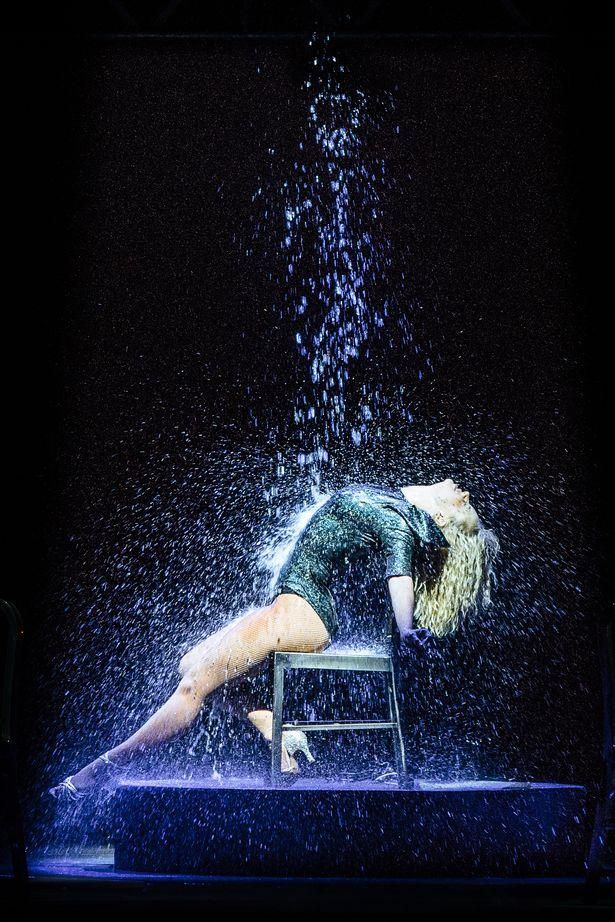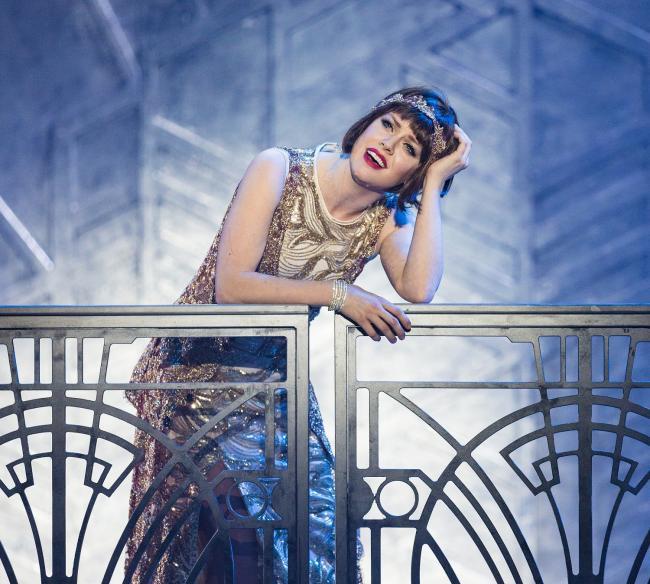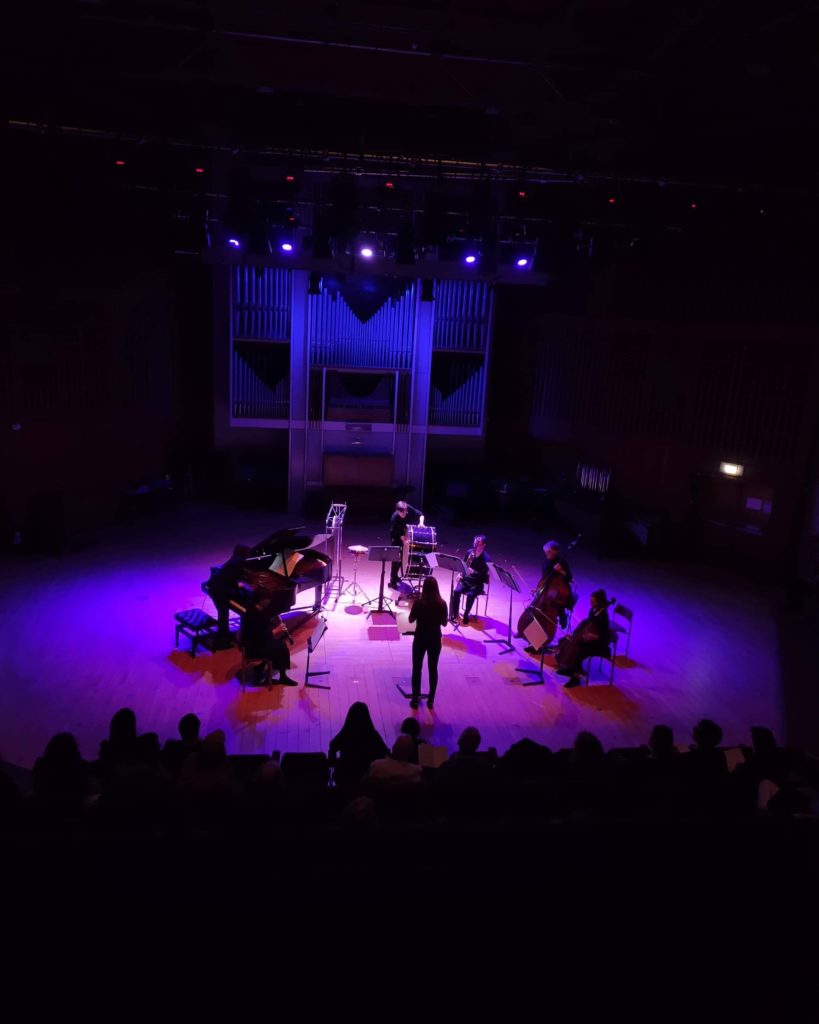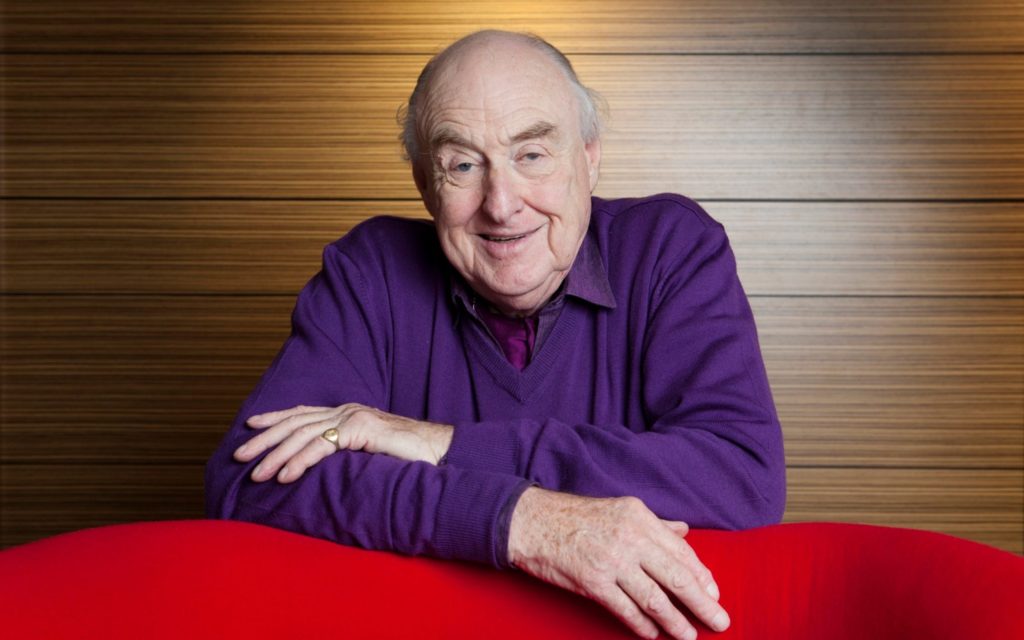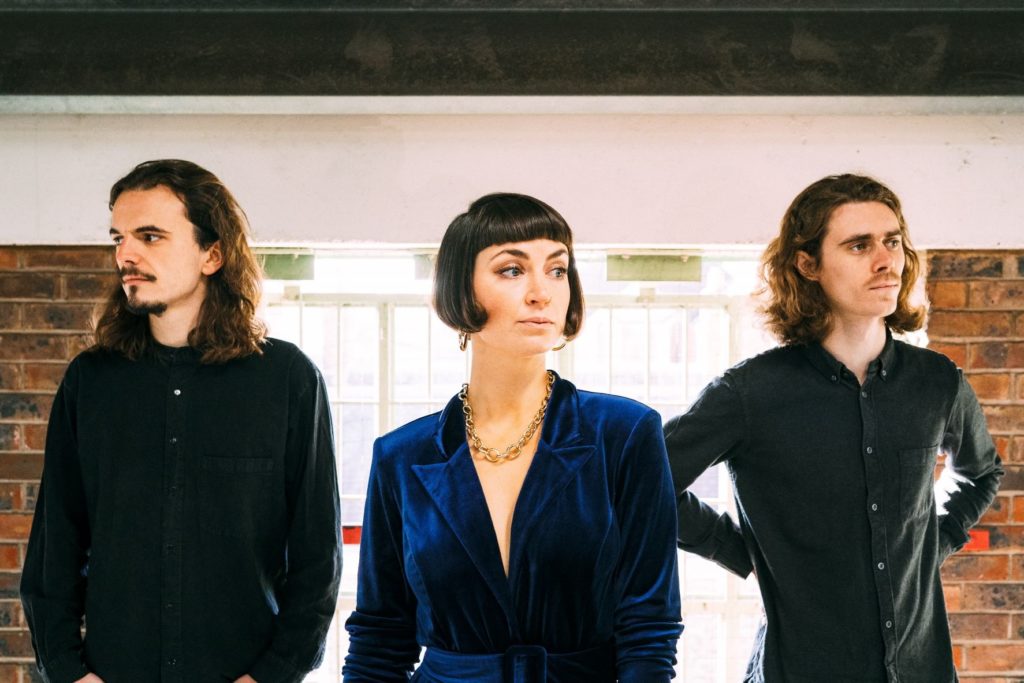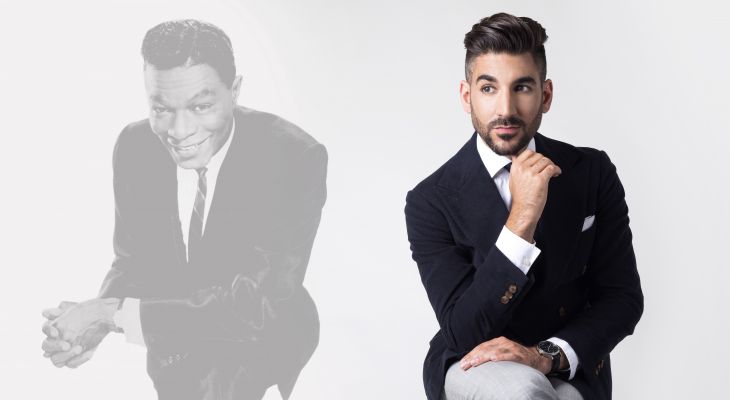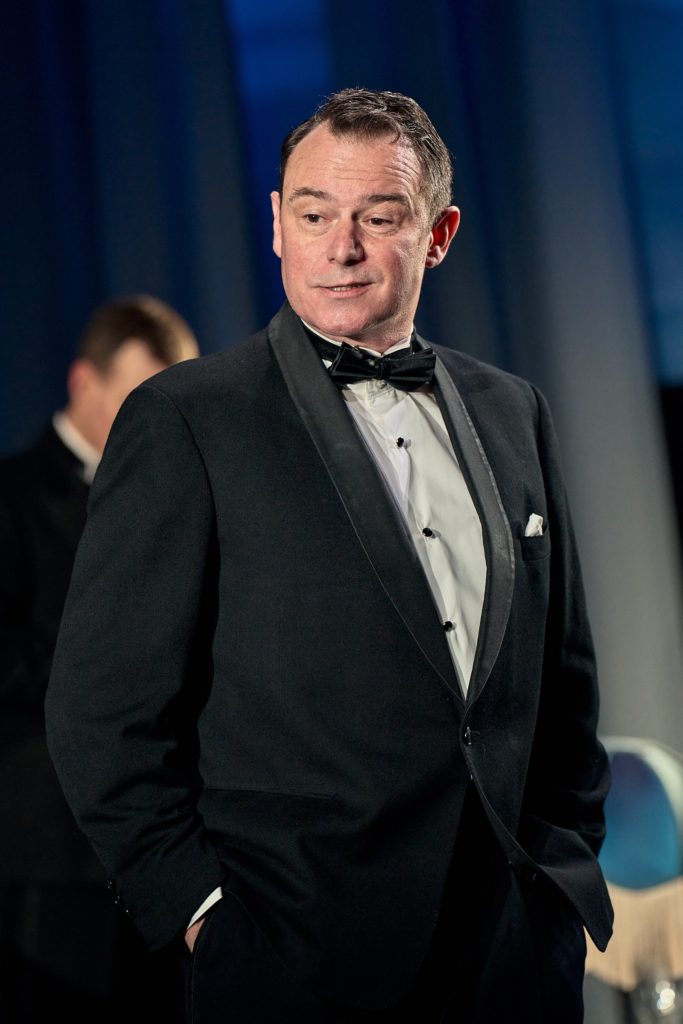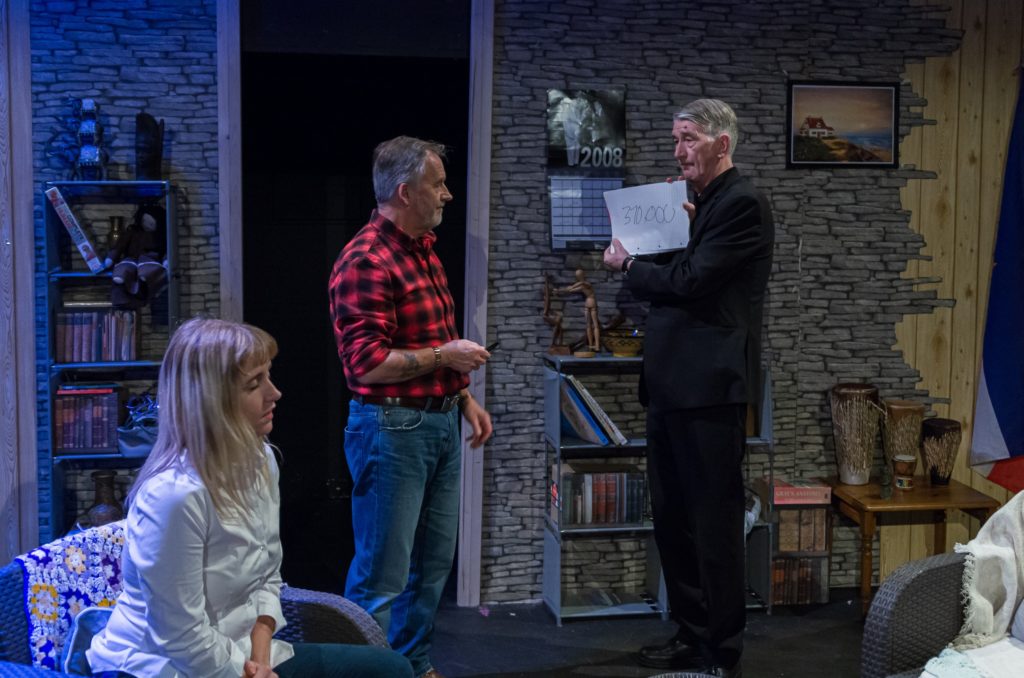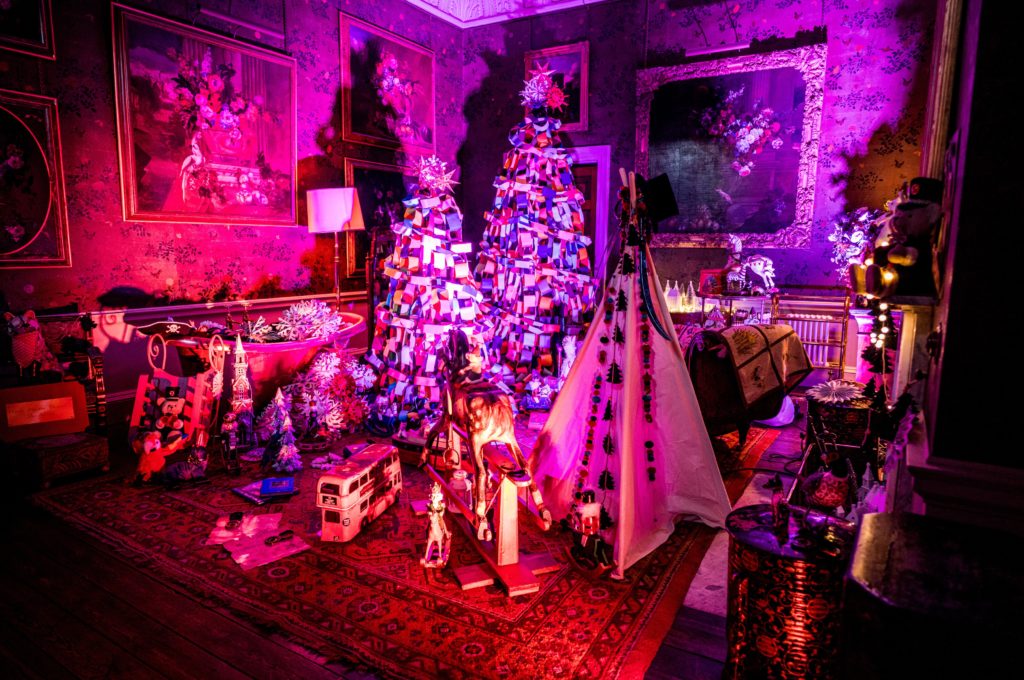
’TIS the season for Dickens shows to begin, from solo shows to a musical, and to venture into Neverland too as Charles Hutchinson gets his festive skates on.
Fantastical adventure of the week and beyond: Christmas In Neverland, Castle Howard, near York, extended until January 7
CASTLE Howard is transformed with floristry, installations, props, soundscapes and projections to create an enchanting festive experience inspired by J M Barrie’s Peter Pan in Charlotte Lloyd Webber Event Design’s sixth magical installations inside the 300-year-old country house.
Look out for the Darling children’s London bedroom, Mermaid’s Lagoon, Captain Hook’s Cabin and the Jolly Roger as the design team prioritises sustainability and recycled materials, such as paper and glass, and teams up with Leeds theatre company Imitating The Dog, whose immersive projections and soundscapes feature for the first time. Tickets: castlehoward.co.uk.
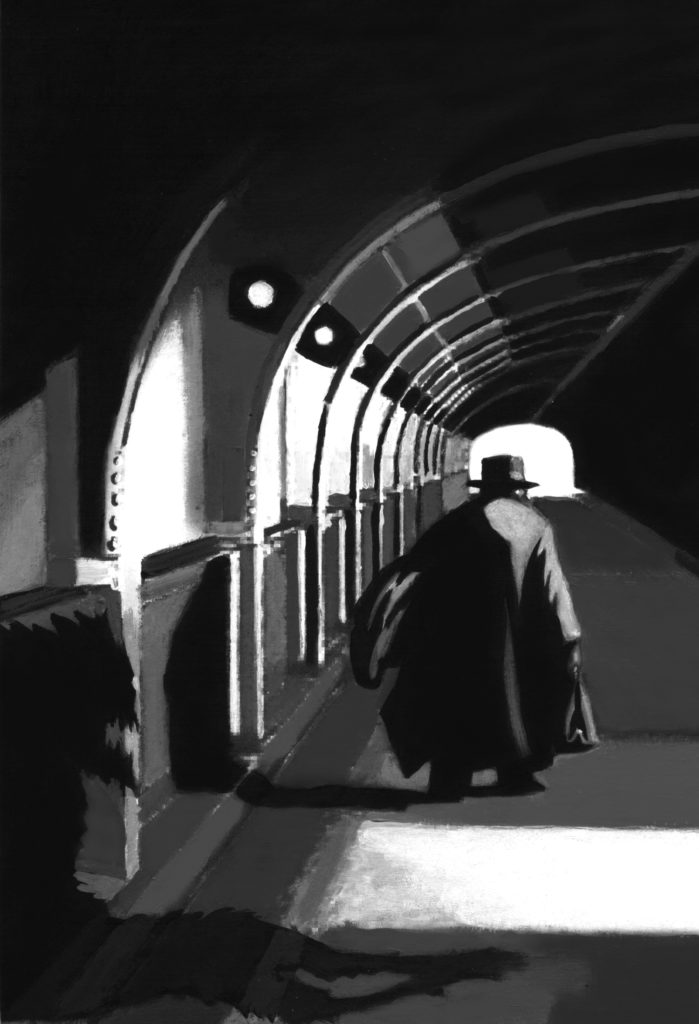
Thriller of the week: Nunkie Theatre Company in Casting The Runes, Theatre@41, Monkgate, York, Sunday (26/11/2023), 7.30pm
M R James wrote his ghost stories to perform to friends in the years leading up to the First World War. Today they have lost none of their power to terrify and amuse in the hands of Nunkie Theatre Company, presenting two tales in a one-man show.
Casting The Runes’ story of the unforgettable Mr Karswell, magic lanternist, occult historian and scourge of academics, is partnered by James’s most neglected masterpiece, The Residence At Whitminster, wherein a dark shadow looms over the precinct of a peaceful English church. Box office: tickets.41monkgate.co.uk.
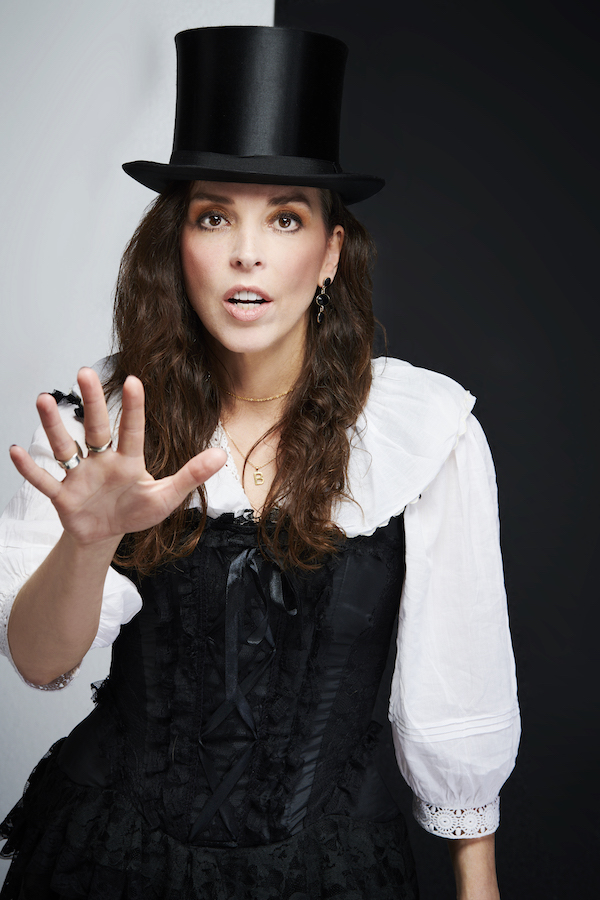
Comedy gig of the week: Bridget Christie: Who Am I?, Grand Opera House, York, Sunday (26/11/2023), 7.30pm
BRIDGET Christie is hot, but not in a good way, she says, in her menopause comedy, where she is confused, furious, sweaty and annoyed by everything. At 52, she leaks blood, sweats, thinks Chris Rock is the same person as The Rock and cannot ride the motorbike she bought to combat her mid-life crisis because of early osteoarthritis in her hips and RSI in her wrist.
In Who Am I? Christie wonders why there are so many films, made by men, about young women discovering their sexuality, but none about middle-aged women forgetting theirs. Box office: atgtickets.com/york.
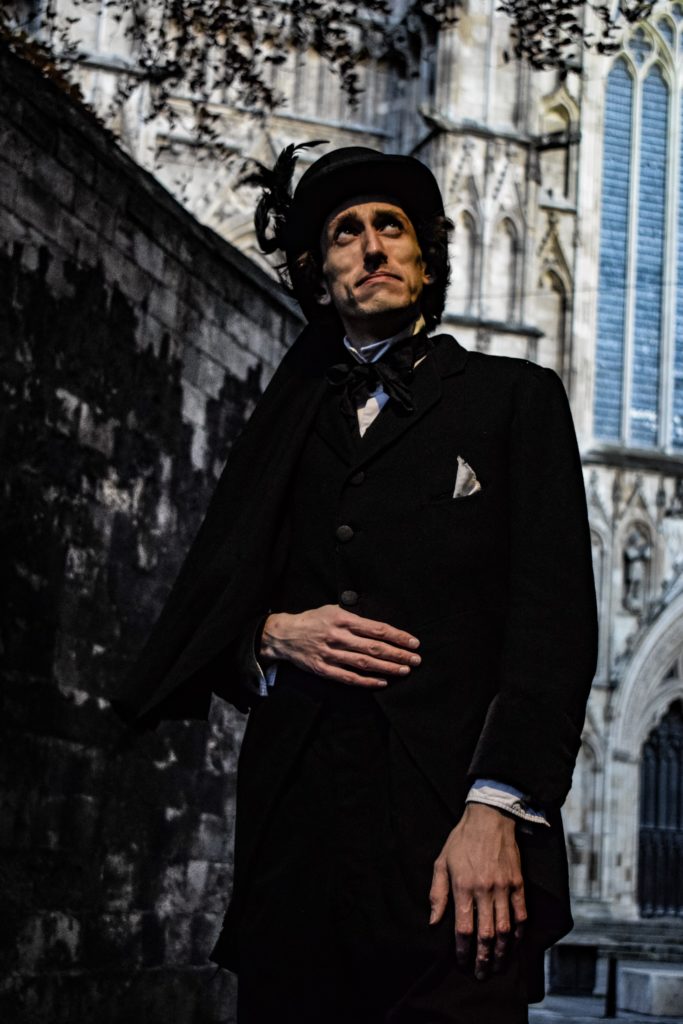
Dickens of a good storyteller: James Swanton’s Ghost Stories For Christmas, York Medical Society, Stonegate, York, select dates from November 27 to December 11, 7pm
SOON to be seen in Lot No. 249, Mark Gatiss’s retelling of Arthur Conan Doyle’s Christmas ghost story for the BBC, gothic York storyteller and actor James Swanton revives his seasonal Charles Dickens trilogy: A Christmas Carol (six performances), on the book’s 180th anniversary, The Haunted Man and The Chimes (two each).
“‘All three stories are richly rewarding,” says James. “They brim with Dickens’s eye for capturing the weird, the strange and the odd, from human eccentricities to full blown phantoms. Dickens’s anger at social injustice also aligns sharply with our own – and of course, there’s a lot to be angry about at the moment.” Box office and performance details: 01904 623568 or yorktheatreroyal.co.uk.
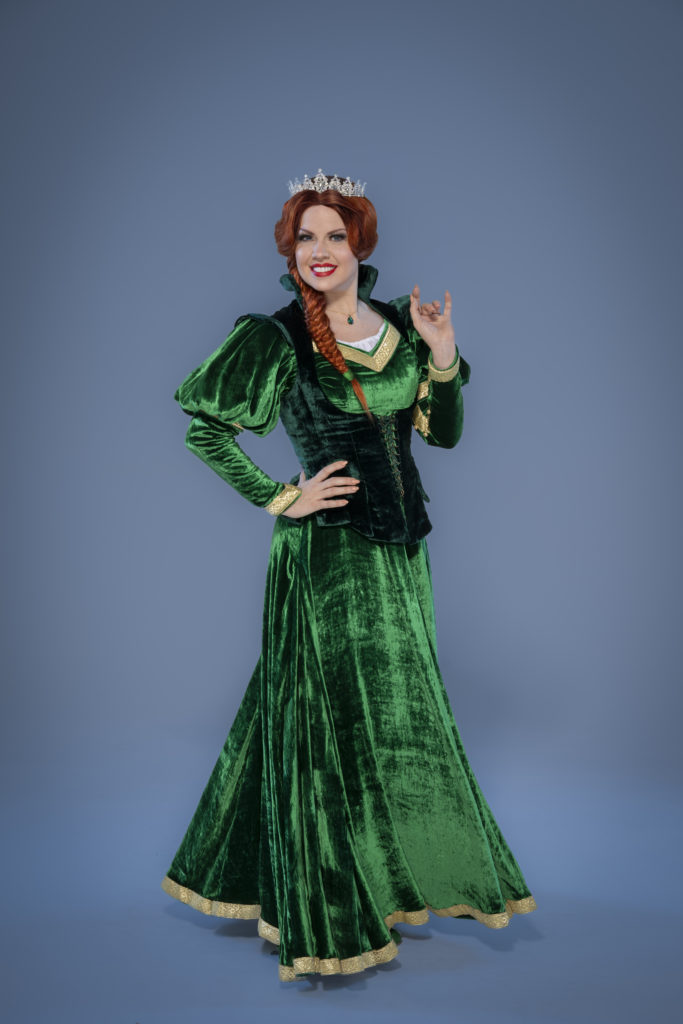
American musical of the week: Shrek The Musical, Grand Opera House, York, Monday to Saturday, 7.30pm plus 2.30pm Wednesday and Saturday matinee
LEAVE winter troubles far, far away to join the musical adventure as ogre Shrek (Antony Lawrence) and his buddy Donkey (Brandon Lee Sears) endeavour to complete their quest to defeat the dragon and save Princess Fiona (2016 Strictly champ Joanne Clifton). Look out for James Gillan’s Lord Farquaad too.
Based on the first animated Shrek film, DreamWorks’ musical features such David Lindsay-Abaire and Jeanine Tesori songs as Big Bright Beautiful World and I Know It’s Today alongside Neil Diamond’s climactic I’m A Believer. Box office: atgtickets.com/york.
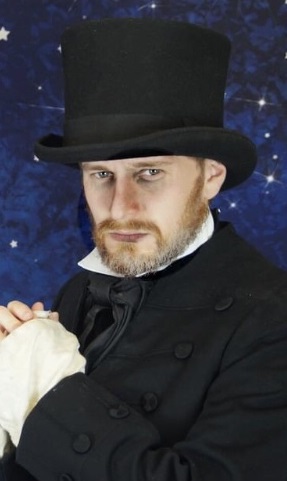
Festive musical of the week: NE Theatre York in A Christmas Carol, Joseph Rowntree Theatre, York, Tuesday to Saturday, 7.30pm plus 2.30pm Saturday matinee
STEVE Tearle first staged Alan Menken’s musical version of Charles Dickens’s heart-warming story A Christmas Carol for NE Musicals five years ago. Once more he will combine directing a cast of 60 with playing the chain-clanking Jacob Marley.
Kit Stroud plays Ebenezer Scrooge, whose deep dislike of mankind is interrupted on Christmas Eve by three ghosts who, one by one, warn him of the consequences of the suffering he has caused. Will he join them, or will he mend his ways? Tickets update: all but the first two performances have sold out; last few tickets for Tuesday and Wednesday, 01904 501935 or josephrowntreetheatre.co.uk.
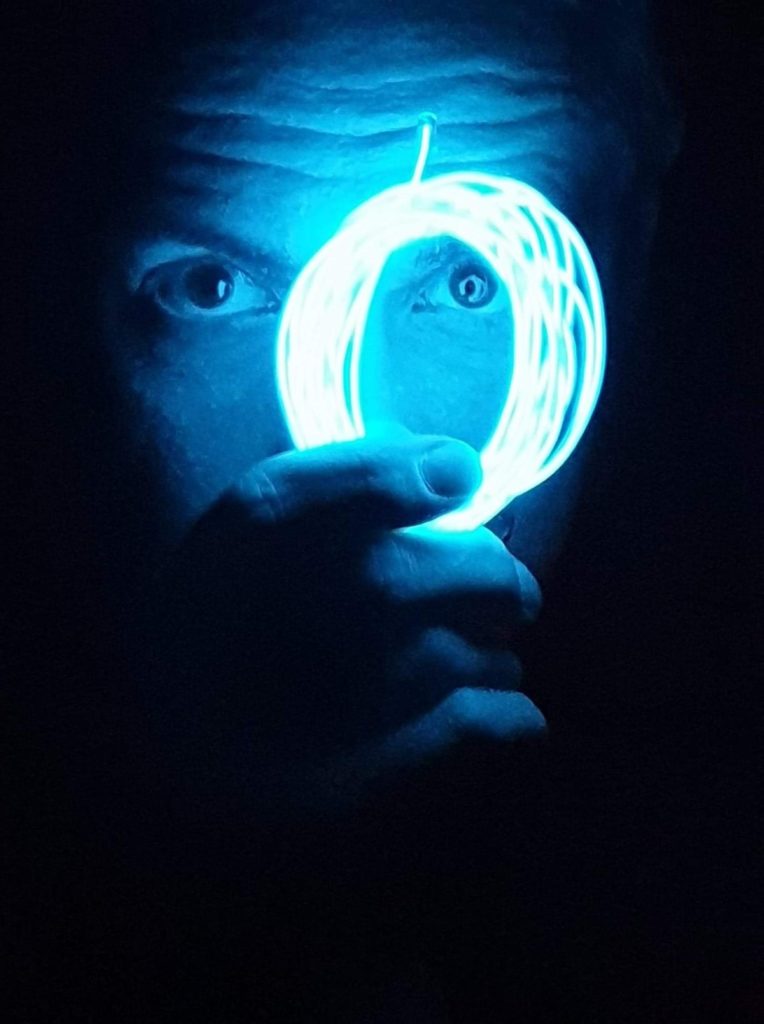
Solo play of the week: Mark Farrelly’s Jarman, Theatre@41, Monkgate, York, Wednesday, 7.30pm
MARK Farrelly, the writer-performer behind Quention Crisp: Naked Hope and Howerd’s End, turns his attention to Derek Jarman, iconoclastic filmmaker, painter, Prospect Cottage gardener, gay rights activist and writer.
“His influence remains as strong as it was on the day AIDS killed him in 1994, but his story, one of the most extraordinary lives ever lived, has never been told. Until now,” says Farrelly, whose passionate, daring reminder of the courage it takes to truly live when alive takes Jarman from Dungeness to deepest, brightest Soho. Box office: tickets.41monkgate.co.uk.

Gig announcement of the week: Paul Weller, York Barbican, April 17 2024
THE Modfather Paul Weller will head back to York Barbican next spring after kicking off 2024 with a long-awaited January return to Japan and a trip to Australia, highlighted by three nights at the Sydney Opera House. He last performed at the Barbican in April 2022.
In 2023, Weller has played around Europe, performed a handful of Forest Live shows and had a special guest slot to Blur at Wembley Stadium. Next spring’s 14-date tour also takes in Sheffield City Hall on April 11. Tickets go on sale from Friday, December 1 at 10am at ticketmaster.co.uk, seetickets.com, gigantic.com and paulweller.com.


